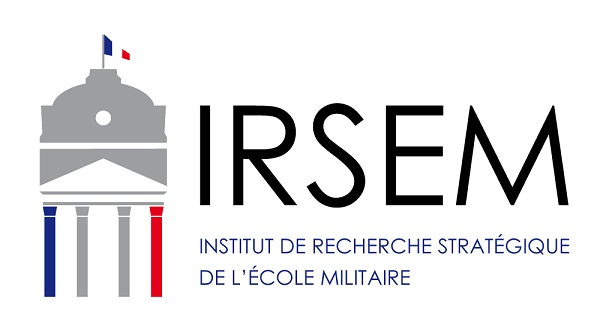How Does the Party Present its (Rather Bad)
Economic Results and What it Intends to Do About it
Camille Brugier and Omowumi Alao
Although China is experiencing a major economic slowdown, the Communist Party’s main newspaper, the People’s Daily (人民日报), has little to say about it. It endorses Zhongnanhai’s zero-Covid policy and focuses on investment in infrastructure as a key growth driver, putting an end to speculation on the prospect of a major economic reform in the country.
China is bogged down in a major economic crisis: all GDP projections show growth well below the 5.5% announced earlier this year, and the Bank of China is even forecasting only 3.5% growth for 2022. China's educated young are plagued by unemployment, and the country is also shaken by an unprecedented real-estate crisis. Despite recent attempts at adjustment (support for developers, low-interest loans, etc.), the economic situation does not seem to be improving. Furthermore, coupled with China’s economic policy, the “zero-Covid” policy is having a negative impact on both household consumption and exports, and consequently on the confidence of various economic players in China as a market.
Since economic policy is the cornerstone of the Chinese Communist Party’s (CCP) legitimacy, support for the current regime is strongly correlated to improvements in material well-being from one generation to the next. Following Xi Jinping’s reappointment for a third term at the 20th Congress of the CCP (October 16-22, 2022), this paper analyses at how the People’s Daily, the Party’s widely read newspaper, reports on its economic performance between September 1 and October 12, 2022, and how the Party communicates on a sluggish economy when its legitimacy hinges on achieving good economic results.



